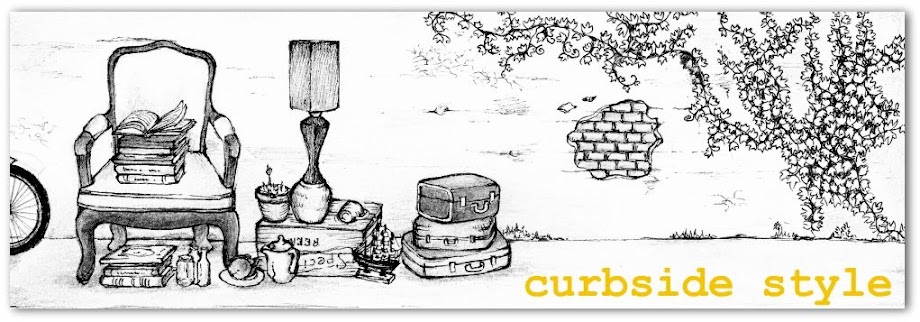Polish paper cutouts or Wycinanki (pronounced vee-chee-non-key)
With the Handmade Revival in full swing it was only a matter of time before folk art, or 'the art of the people', saw a modern, consumer driven, renaissance.
Folk Art is fairly loosely defined with most academics agreeing that it is "art that originates from an indigenous culture made by peasants and the labouring classes". Folk art is predominantly functional and decorative, as opposed to fine art which is purely aesthetic.
Cultural imagery from Russia to Bangalore is appearing on everything from laptops and mobile phones to t-shirts and coffee mugs, and often the cultural styles from different continents are being mixed together to form a sort of 'folk mash-up'.
While these images and patterns are deliciously rich and tactile, often full of bold colour combinations and daring or romantic imagery, I wonder if this creative evolution is not harming the styles and art forms it is trying to emulate. Or are we on the verge of a new global identity where growing multicultural communities and internet access are breaking down social borders and homogenising previously distinct art forms?
Dutch designer Tord Boontje is probably the most well known artist to have produced folk art for the mass market, from a line for Target in 2006 to the new HP Laptops, Tord's work is appearing on everyday items all over the world. Interestingly, while the adornment of utilitarian objects with pattern and imagery is by definition 'folk art', it has never before been seen on such a global scale. Where it was once one artist decorating one bowl, now that one image can be reproduced thousands of times on thousands of bowls or laptops, or t-shirts or bedlinen.....


Penguin Classics by Coralie Bickford-Smith




No comments:
Post a Comment
Thanks ever so for taking the time to say hi!